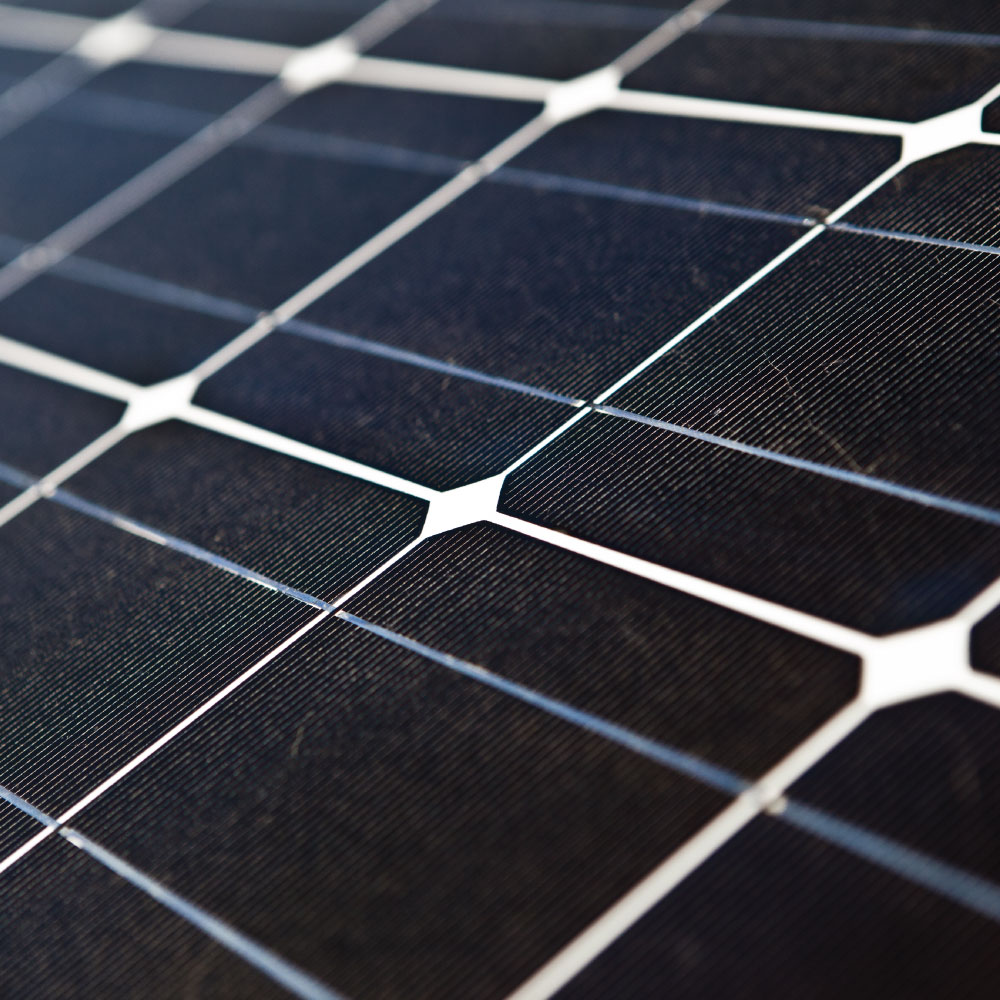Sgt Raven
Solar Addict
- Joined
- Feb 17, 2020
- Messages
- 1,079
Solar panel efficiency. Is there a formula to compare output of panels against other panels of different wattage? If a lower wattage panel is 20% efficient and a higher wattage panel is 15%, how do you compare them at the amount of power to the SCC? Could a lower watt panel actually out perform the larger watt panel for total output? There must be a formula for this, but I'm not using the right question is a Google search.
I tried a forum search but didn't find an answer.
I tried a forum search but didn't find an answer.




